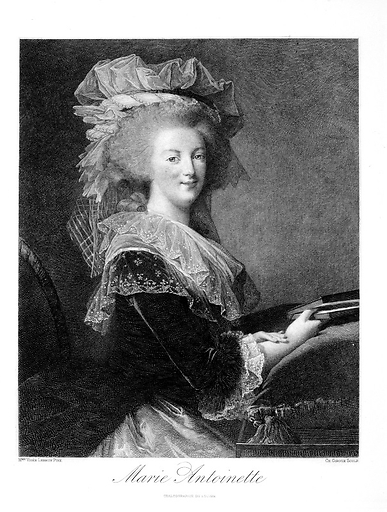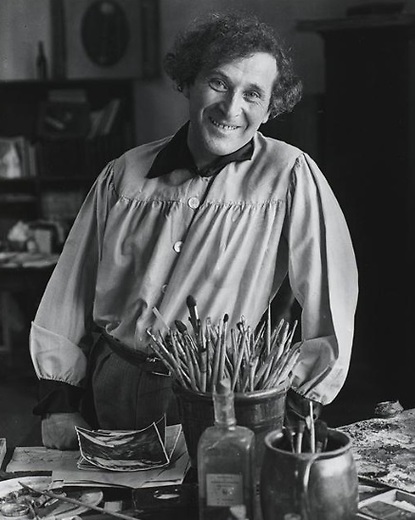Dis-moi, Blaise. Léger, Chagall, Picasso et Blaise Cendrars
ES705628
This catalogue was published for the exhibition Tell me, Blaise... Léger, Chagall, Picasso and Blaise Cendrars presented in the National museums of the 20th century in the Alpes-Maritimes : Léger National Museum - Biot ; Chagall National Museum - Nice ; Picasso Museum, War and Peace - Vallauris until...
Read more
This catalogue was published for the exhibition Tell me, Blaise... Léger, Chagall, Picasso and Blaise Cendrars presented in the National museums of the 20th century in the Alpes-Maritimes : Léger National Museum - Biot ; Chagall National Museum - Nice ; Picasso Museum, War and Peace - Vallauris until October 12, 2009.
The three national museums of the 20th century in the Alpes-Maritimes will be presenting a large exhibition called "Tell me, Blaise..." throughout summer 2009. The title is taken from a play adapted from texts by Blaise Cendrars. The exhibition focuses on the relationships that the writer, poet and great traveller, novelist and essayist maintained with Pablo Picasso, Marc Chagall and Fernand Léger. These relations lasted for several years with the first two and continued with Léger until the artist's death. Cendrars belonged to the same generation as the artists and shared many of their ideas, which he often noted in his writing. His taste for the modern city and a world of frenetic change, and his interest in new forms that he invented or discovered during his incessant travels brought him in contact with modern artists and he shared their dream of a new world modelled by an active imagination.
He settled permanently in Paris in 1912 and moved in avant-garde artistic and literary circles. In Montmartre, he met Picasso and then Chagall and Léger in the studios of La Ruche, in Montparnasse.
The friendship between Cendrars and Chagall was no doubt facilitated by their use of Russian, which the writer spoke fluently. But they also shared a vision which, as the art historian J. J. Sweeney has pointed out, makes the verbal imagery in Cendrars' poetry comparable to the elements Chagall used to construct his paintings. Cendrars found titles for several of Chagall's paintings: A la Russie, aux ânes et aux autres (To Russia, Donkeys and the Rest), Dédiée à ma fiancée (Dedicated to My Betrothed), Le village russe, de la lune (Russian Village under the Moon), Le Saint Voiturier (The Holy Coachman), Moi et le village (I and the Village), Paris par la fenêtre (Paris through the Window).
It was at La Ruche that he met Fernand Léger. A lasting friendship developed between them, cemented by their faith in modernity. They collaborated on a number of publications. At the end of the First World War, in 1918, a text by Cendrars illustrated by Léger was published under the title J'ai tué. The next year it was La fin du monde filmée par l'ange Notre-Dame. The two artists were keenly interested in the cinema and theatre, working together on the ballet La création du monde. This interest never flagged: in 1927, Léger painted ABC, nature morte (ABC, Still Life), probably in homage to Cendrars' ABC du cinéma. Their friendship continued after the Second World War. They were working on the publication of Paris ma ville when Léger died.
Cendrars met Picasso through Apollinaire and, like several other writers, was fascinated by his creative force. In Poèmes élastiques he emphasised the Spanish artist's spirited yet adroit, violent and yet elegant technique and concisely described the way he worked: "The painter cuts, saws, stabs, quarters, tears, strangles. Suddenly the matter is there. Visible to the naked eye, slightly enlarged..."
Close
Sold by GrandPalaisRmn
















